Factual sea change
MIPDOC: As A+E Networks and Discovery continue to roll out their factual channel brands across Europe, Clive Whittingham looks at how local broadcasters are being affected.
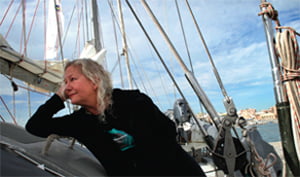
Les Grandes Familles de Mer
You don’t have to stray too far from the Palais at MipTV to see the effects of globalisation. Dolce & Gabbana, Louis Vuitton and Rolex shops pack the streets, alongside a McDonald’s.
There is plenty of evidence inside the conference centre as well. MipTV, which kicks off on Sunday, is all about spreading your programmes around the world, but recently there has also been much talk about the spread of factual channels.
For Discovery, the big news of recent months surrounded its female-skewing lifestyle channel TLC. The network has now rolled out across Latin America and the parts of Europe it didn’t already cover. A+E Networks, meanwhile, has launched its History channel in India in six different languages, and hopes to do the same with Lifetime and Bio.
 Both companies are keen to emphasise the importance of local production to their plans. Sean Cohan, senior VP of international at A+E Networks, says: “There will be local production from the word go. There is a strong mandate to have local programmes and people who are uniquely locally relevant.”
Both companies are keen to emphasise the importance of local production to their plans. Sean Cohan, senior VP of international at A+E Networks, says: “There will be local production from the word go. There is a strong mandate to have local programmes and people who are uniquely locally relevant.”
But as channels like TLC, Crime & Investigation, History, Bio and Lifetime pop up worldwide, it’s English-language content from the US and UK that forms the backbone of their schedules. TLC is enjoying particular success in Poland with local versions of Don’t Tell the Bride and US and UK imports like My Big Fat Gypsy Wedding.
So how does this expansion affect existing factual channels in the territories they are targeting? In Sweden, documentary network TV4 Fakta, owned by local broadcaster TV4, has been running for six years. It has existed happily alongside the more male-orientated Discovery Channel, Nat Geo and History but could now face competition from a recently launched Swedish TLC.
Kajsa Stål has been the channel’s controller for five years, having joined TV4 in 1990. “We are marketed as a documentary channel that’s very much on the spot, a fly-on-the-wall where it’s happening. We don’t really have studios or debates,” she says. “We are about the same size as Discovery in Sweden and typical doc channels like National Geographic and History are smaller.

Hamida Djandoubi: La Dernier Guillotiné
“We are skewed more towards the female audience, and TLC is coming up slightly. It’s about a third of our size at the moment but it’s a little dangerous because it has a female audience as well. It is a general channel, not just docs, so I wouldn’t say it’s a problem for us so far.”
A similar story is emerging in Finland, where YLE Teema shares the market with Discovery, Nat Geo and others. Ulla Martikainen-Florath, head of programmes at YLE Teema, says: “Discovery and the other global channels still have a very small audience share in Finland. There is no competition from their side so far.
“We have a lot of history, science and culture doc series. Our schedule is 65% foreign acquisitions and 35% Finnish programming, either in-house or from independent Finnish production companies.”
European broadcaster RTL Group launched female-skewing RTL Lounge into the Dutch market two years ago and the net now finds itself in competition with Fox Life, E! Entertainment and TLC. Its sister channel, RTL Crime, which devotes 80% of its schedule to fiction, has also had to face new competition in the shape of Crime & Investigation and Investigation Discovery, which launched last year.
Nicolas Eglau, head of business development and strategy at RTL Nederland, says: “Lounge launched as the first thematic channel from RTL. It’s been quite a successful channel because it was filling a gap. When we started, we realised a lot of the thematic channels were focusing on males, with a lot of docs, sports and news. There was a gap and we managed to fill it, but obviously there is still room to target the female audience, so that’s why TLC launched here. That hasn’t affected our audience numbers; we have quite a loyal audience.”
To build that loyalty, RTL has looked not only at its scheduling but also at its brand. “We believe if you just have a channel brand on a thematic channel it’s not enough,” Eglau explains. “So we have launched a radio station, RTL Lounge Radio, we have our own music CDs and a VoD platform, and we are part of Amsterdam International Fashion Week. We try to do a lot of stuff around the brand and that gives us viewer loyalty and keeps our audience numbers stable.”
Lounge has also taken advantage of being part of RTL Group by airing popular programmes from its free-to-air channels. Imported soaps The Bold & the Beautiful and Good Times Bad Times can both be seen first on Lounge during the day before airing on the free channels in the evening – something TLC can’t copy.

The Bold and the Beautiful
In Sweden, TV4 Fakta is trying to play up its local roots, even though 90% of its programming is imported. “We try to have a more Swedish approach, or certainly a more Scandinavian approach,” says Stål. “We buy a lot of programmes from Denmark, Norway and Finland. We have Swedish speakers on all our programmes in primetime and we also do introductions to the programmes with Swedish people.
“We try to make it look more Swedish than it actually is. Mostly, we have programmes bought from the US, UK, France and Australia. SVT, the Swedish public service channel, is really the only one buying local documentaries from the beginning because they can afford it.
“We are trying to find ways of having Swedish material without really having it. We have a lot of Danish material; Danish crime is very good. We give the impression that we are Swedish. We try to hang our shows on stories that are current in Sweden so you get the feeling we are in the middle of the action.”
Asked to name a programme or genre she would like more of on her channel, Stål replies immediately that Swedish crime is in short supply. TV4 Fakta needs more of it to reduce its reliance on Danish content.
At YLE in Finland, Martikainen-Florath is adopting a similar local approach. Cultural docs and Finnish history series are some of the channel’s biggest hits. Teema is also pulling in big audiences for music shows, especially those featuring local talent such as jazz pianist Iiro Rantala. “The whole of YLE prefers programmes that are produced in-house,” she says. “But the local production companies can pitch their programmes to our commissioning editors, which work as a group for all Finnish-speaking YLE channels. The local prodcos prefer to work with us.”
Discovery’s TLC reached its 100 million households target when it launched in Finland in November. But in the more developed market of Western Europe, its expansion may not be solely limited to pay-TV. Discovery will shortly launch a free-to-air net in Spain and Dee Forbes, president and MD of Discovery Networks Western Europe, says the company is always looking for options, including the acquisition of existing channels.
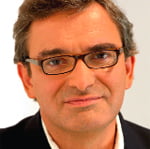
Olivier Stroh
“We have to look at other opportunities if the pay market isn’t at a level where we can improve the business,” Forbes says. “In Spain, the pay-TV market is at 35% and it’s not growing, so there we’re launching an FTA channel with a local partner. We have a very different strategy there because of the market. We launched Realtime FTA in Italy, we have DMax FTA in Germany. We have a base business that is healthy and can still grow, but to grow on top of that it’s about taking opportunities when they arise. With acquisitions, it’s about the right thing coming up.”
The “right thing” has already come up for Fox International Channels (FIC) in Spain. At the end of October, it announced the acquisition of Viajar, the Spanish pay-TV doc channel owned by Prisa TV. Since its launch in 1997, travel-themed Viajar has joined the leaders in the local factual pay-TV market. It will now be added to FIC’s portofolio of eight nets in the country but will retain its existing branding and programming.
One of the slower-growing but hugely competitive Western European markets is France, where Canal+ Group’s Planète is a leading player in the documentary pay-TV sector. The company’s 20-year-old flagship channel appeals to a predominantly male-skewing over-50s audience, while its spin-off nets – legal channel Planète Justice, young adult-skewing Planète No Limit and Planète Thalassa – reach a wider audience.
No Limit was launched at the same time as Discovery, and Olivier Stroh, general manager of Documentary Channels at Canal+, says they complement each other rather than compete. “No Limit and Discovery were launched in France in the same year. The two channels are working well, which shows they are both legitimate channels appealing to their own markets. Like Discovery, we offer documentary films that enable our customers to discover or better understand the universe they love and never get bored of.
“Our difference is that we are certainly closer to the taste and culture of French viewers. We offer a balance between programmes that affect them and international shows. Discovery’s content is quality and it is more complementary to ours than competitive. This is the strength of the main distributor, CanalSat – finding that editorial balance.”

Nicolas Eglau
Planète has even picked up formats that have aired successfully elsewhere on TLC, such as Cake Boss. But as with the Finnish, Swedish and Dutch nets C21 spoke to, local content remains key.
Planète Thalassa’s Les Grandes Familles de Mer (Big Families of the Sea) is about people who have dedicated their lives to the sea, including a profile of French fashion designer and sailing enthusiast Agnés B, while Justice has carried Hamida Djandoubi: La Dernier Guillotiné, a film about the last French person sentenced to death. Meanwhile, No Limit is set to broadcast Deviens un Super-Héros (Become a Superhero), a doc about people who believe they are superheroes.
So will all this activity mean more business for production companies? Almost certainly yes, according to CEO of Scandinavian sales alliance Nordic World, Espen Huseby, but he also sees a potential problem. “All of these international and US channels rolling out here have already come to the conclusion that it is local content that drives market share. All these international channels would like to do local productions in the future.
“It will be an opportunity for all the prodcos, of course, but it will also put the capacity of the production companies in Scandinavia under pressure because there will be more and more channels acquiring local productions.”
Nordic World was established by Scandinavia’s leading broadcasters to improve international sales of local docs and other programming. It recently sold Terror Island, the first Norwegian-made doc about the country’s July 22 massacre, around the world. Discovery, meanwhile, went to ITN Productions in the UK for quick-turnaround doc Norway Massacre: The Killer’s Mind, which is airing on its global channels.
Huseby says the group is keen to do business with new channels but the history of the company makes it difficult at the moment. “As much as we would like to do business with them, there are challenges because 95% of our content is already licensed to one or more channels in Scandinavia.
“Even though we are owned by broadcasters in Scandinavia, we are independent and would like to sell our content wherever we can. But often one or more of our broadcast partners has a licence over our content.” This could present a problem for a pan-regional channel.
Huseby says docs following emergency services are proving particularly popular with the newcomers. In July, A+E Networks commissioned Unidades de la Polica Nacional (Units of the Police, 8×60′), about the Spanish national police force, from local prodco Mera for Crime & Investigation in Spain.
However, he fears the impact Europe’s current financial situation could have when combined with other pressures on local prodcos. “We have the second wave of the growing financial crisis; what will that do to the channels eager to acquire local productions? Everybody knows that in recession people tend to watch a lot more television, but at the other end, the channels do not have the same budgets anymore.
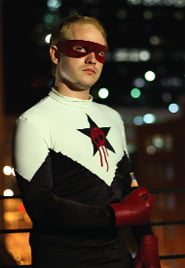
Deviens un Super-Héros
“There could be slowdowns in advertising sales and governments will be cutting budgets at the public channels, so none of them will have the same budgets in the future. But people are watching more TV and they need more programming, so what will happen then?
“Everybody knows that local productions are driving market shares but local productions are still more expensive per hour than buying ready-made.”
Clearly, the big winners here are the viewers. More channels means more choice and the roll-out of US and UK channels into Europe will increase the number of hit international shows that local audiences have access to.
Production companies could also win. Despite Huseby’s concern about the added pressures on supply and demand, it’s hard to imagine any prodco objecting to having more channels to sell programmes to.
Does that make existing local channels the big losers, as they could be muscled out of their own markets by big overseas brands? Eglau doesn’t think so – quite the opposite, in fact. “There is definitely a trend at the moment for more international brands coming on to the market, and I like that trend,” he says.
“A few years ago the quality wasn’t that good on thematic channels in Holland but now the quality is significantly improving. It’s good that Fox Life, TLC and the others are coming into the Dutch market. It boosts digital television and it’s good for overall quality.”


















.jpg)





